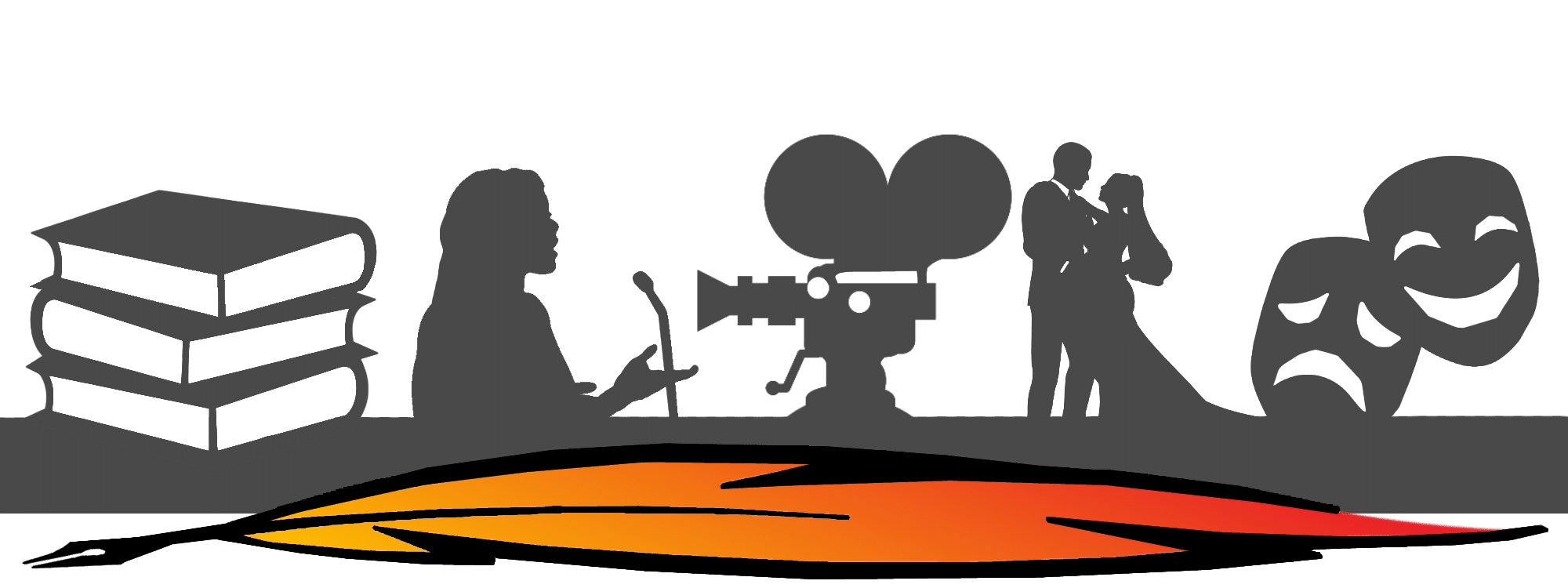Sometimes I’m asked what the opening of a prospective client’s book would be like. I explain that there are many ways to start a manuscript. Sometimes I mention Col. Hackworth’s best-selling memoir and its beginning. No, it didn’t begin in some military high school. Here are the first several paragraphs of his 846-page book, “About Face: The Odyssey of an American Warrior”:
When I first saw them, about a thousand yards to our front, the [North Korean] enemy looked like little black ants racing from the village toward snow-covered hills. It was a clear, cloudless morning; the temperature hovered around zero as the tanks kept rolling, closing on the ants and the hills set astride the road dead ahead.
My squad was riding piggyback on the lead tank. It was no honor being first in the grim parade; we’d already ravaged the tank’s toolbox and knocked off some rations to eat on the way, and now our only comfort was the motor of the M46, which belched welcome heat over our near-frozen bodies.
The tank commander relayed Lieutenant Land’s order to dismount. I got the guys of like a shot and hit the ground running as the tank rolled on beside us. But when I looked behind me, I saw that the rest of the 3rd Platoon had not dismounted. Maybe I’d heard wrong. Maybe I was just overeager. But it’s damn near impossible for infantrymen to reboard a moving tank, so there was no choice but to keep running, and hope I hadn’t blown it too badly with the lieutenant.
I didn’t see the ants again for what seemed a lifetime, but I sure as hell knew where they were. In an instant, the familiar roar of the tanks was drowned out by the deafening sound of incoming — machine gun, mortar, artillery, and self-propelled antitank (AT) fire. Like a buzz saw, the deadly crossfire was cutting into my platoon.
There were at least a dozen enemy machine guns on the high ground on both sides of the road. My guys, still running alongside our maneuvering tank, were totally shielded; the other squads, on the exposed decks of their tanks, were hard hit. By the time we made it to the side of a rice-paddy wall and set up a base of fire, most of what was left of 3rd Platoon was scattered across the frozen ground.
The tanks pulled off the road and rolled into position on line. Once there, they froze. Earlier, in the assembly area, a tank commander had told me his unit, the 64th Tank Battalion, hadn’t seen much combat. I believed him; as soon as they were fired upon, these tankers became paralyzed. They plumb forgot all their training and just sat there in those great big armored hulls, while the enemy went on throwing everything at us but the mess-hall wok.
I jumped on the back of the platoon leader’s tank and thumped on the hatch with the butt of my rifle. The lieutenant opened the hatch a crack. “Hey lieutenant,” I yelled, “get some fire going at the enemy. Get the big gun going. Get the machine guns going!”
The lieutenant was not with it. It seemed as though he had no comprehension of the fix we were in. Slugs were splatting hard on the side of the tank. The self-propelled AT fire, which was screaming down the valley, dug deep furrows all around us, and yet the tanks still sat there silently, like big, fat, clay ducks at a shooting gallery. “Sergeant,” the lieutenant finally said, “in a shell-shocked kind of daze, “look…you see that out there on the ice?” Yes, I saw: it was a pile cap, a little fur ball on the ice amid my platoon’s dead and wounded, the bullets and the blood. “That’s my cap,” he said. “Would you get it for me?”
I considered shooting the sorry son of a bitch then and there, climbing into his tank and taking command. Fortunately, reason prevailed: I just grabbed him and shook him until he looked as if he was back to the real world. Then I instructed him to have three tanks concentrate fire on the self-propelled AT fire to our front and use the others to start placing main-gun fire on the hills. To give him a bit of encouragement, I manned the tank’s .50-caliber turret machine gun and blasted one of the hills myself, until I’d used up all the ammo and the commander got his men into action.
What the heck. You might as well wake up the reader from the git-go. The way Col. Hackworth (and his assisting writer Julie Sherman) started their book was with a fat IV dose of adrenaline. There are many ways to start your book; this is one.













